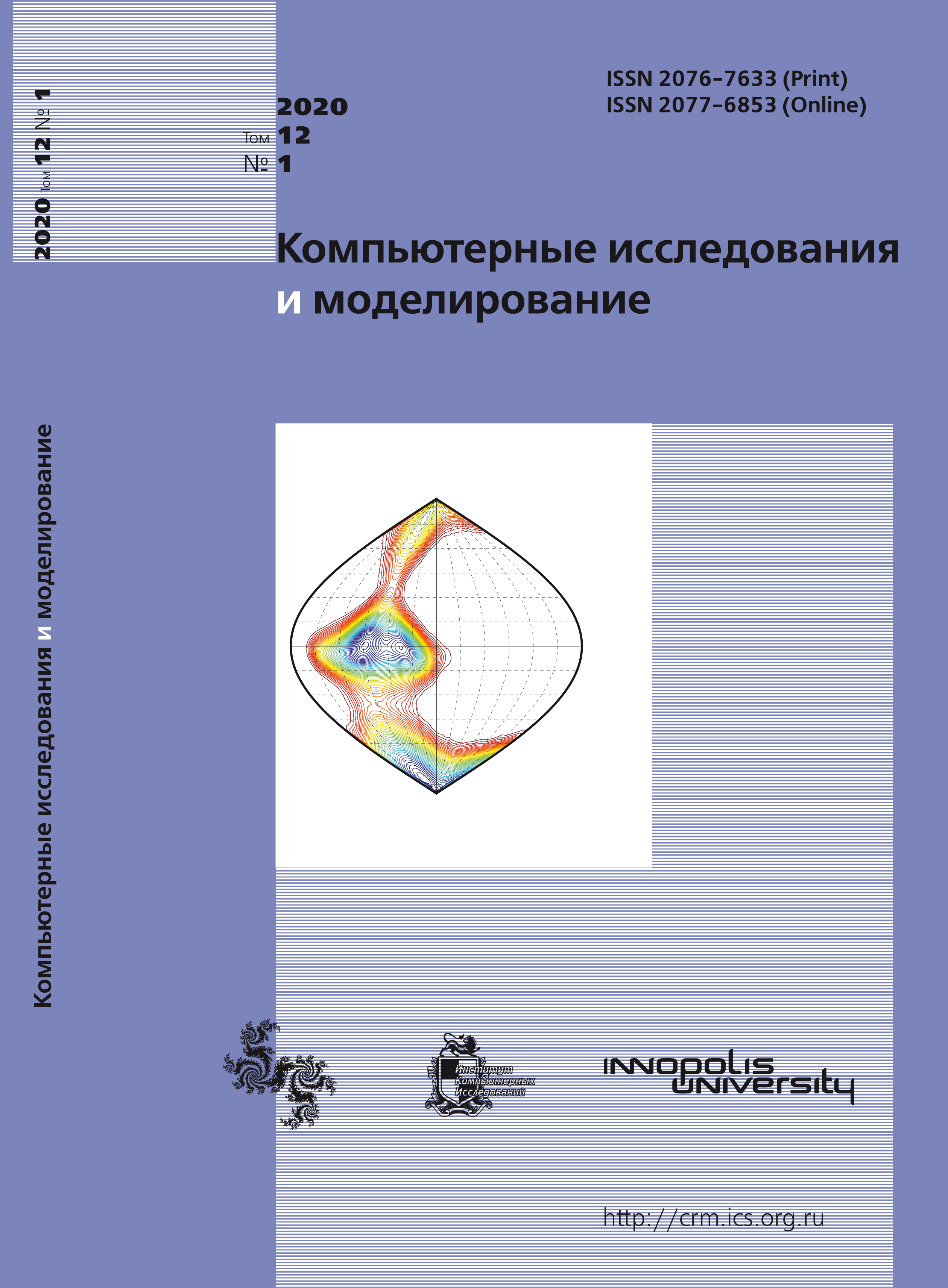All issues
- 2024 Vol. 16
- Issue 1 (special issue)
- 2023 Vol. 15
- 2022 Vol. 14
- 2021 Vol. 13
- 2020 Vol. 12
- 2019 Vol. 11
- 2018 Vol. 10
- 2017 Vol. 9
- 2016 Vol. 8
- 2015 Vol. 7
- 2014 Vol. 6
- 2013 Vol. 5
- 2012 Vol. 4
- 2011 Vol. 3
- 2010 Vol. 2
- 2009 Vol. 1
Numerical simulation of ice accretion in FlowVision software
 pdf (1560K)
pdf (1560K)
Certifying a transport airplane for the flights under icing conditions requires calculations aimed at definition of the dimensions and shapes of the ice bodies formed on the airplane surfaces. Up to date, software developed in Russia for simulation of ice accretion, which would be authorized by Russian certifying supervisory authority, is absent. This paper describes methodology IceVision recently developed in Russia on the basis of software FlowVision for calculations of ice accretion on airplane surfaces.
The main difference of methodology IceVision from the other approaches, known from literature, consists in using technology Volume Of Fluid (VOF — volume of fluid in cell) for tracking the surface of growing ice body. The methodology assumes solving a time-depended problem of continuous grows of ice body in the Euler formulation. The ice is explicitly present in the computational domain. The energy equation is integrated inside the ice body. In the other approaches, changing the ice shape is taken into account by means of modifying the aerodynamic surface and using Lagrangian mesh. In doing so, the heat transfer into ice is allowed for by an empirical model.
The implemented mathematical model provides capability to simulate formation of rime (dry) and glaze (wet) ice. It automatically identifies zones of rime and glaze ice. In a rime (dry) ice zone, the temperature of the contact surface between air and ice is calculated with account of ice sublimation and heat conduction inside the ice. In a glaze (wet) ice zone, the flow of the water film over the ice surface is allowed for. The film freezes due to evaporation and heat transfer inside the air and the ice. Methodology IceVision allows for separation of the film. For simulation of the two-phase flow of the air and droplets, a multi-speed model is used within the Euler approach. Methodology IceVision allows for size distribution of droplets. The computational algorithm takes account of essentially different time scales for the physical processes proceeding in the course of ice accretion, viz., air-droplets flow, water flow, and ice growth. Numerical solutions of validation test problems demonstrate efficiency of methodology IceVision and reliability of FlowVision results.
Indexed in Scopus
Full-text version of the journal is also available on the web site of the scientific electronic library eLIBRARY.RU
The journal is included in the Russian Science Citation Index
The journal is included in the RSCI
International Interdisciplinary Conference "Mathematics. Computing. Education"






